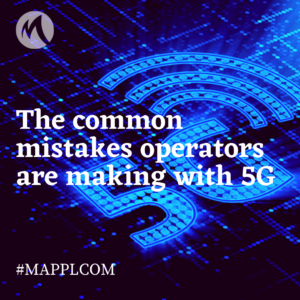How frequently new technologies appear?

The answer is, obviously, “pretty often”. But the fact is that emergence of more and more advanced tools has a progression of number of appearances over the time flow. Quite a representative instance – LTE connectivity services. Seeming to occur just a short period ago, it already turned out to be a new dominant network technology, and telecom players already know that the new discovery is coming.
The market’s potential is always reflected by amount of money investors are willing to allocate on the market. The volume of money inflow for mobile networks over the period of next 5 years is projected to exceed $1.1 trillion, and almost 4/5 of this money are expected to be directed to 5G technologies. All the market players (operators mainly), intermediaries, decision makers and other participants makes efforts and involve themselves into money- and time-consuming process connected to the next generation of wireless technology development, even though the previous LTE solution became the dominant network technology just as recently as last year. By dominant we mean that last year was the first one when LTE connections contributed with more than half of mobile connections. Moreover, the percentage of LTE connections is projected to hit 56% by 2025.
At the same time, analysts forecast that 5G networks will account for 20% of total volume of connections by 2025, with a higher increase in some particularly developed regions of Asia, North America and Europe. The first stage of a wider deployment is going to take place already this year.
Doubtlessly, the first thing people associate 5G with is an increased broadband data speeds with the same level of reliability, therefore, it’s hard to overestimate the potential it has with widespread significant impact on people’s social lives, through applying in areas such as healthcare and education.
Among other important features capable of boosting demand, specialists list other network improvements, edge computing such, network slicing and lower latency. Despite this number of explicit advantages many businesses find it senseless to change their habits as “4G remains ‘good enough.’” To advocate benefits of transition from one network to another, ones argue that most crucial benefits for enterprises “won’t come until standalone 5G is deployed”. And for this particular reasons telecom has to secure deployment by establishing a communication channel to help businesses understand the problems that 5G would be able to solve. The range of problems encompasses harsh competitiveness, speed to market, creation a new set of services and other spheres 4G isn’t able to cover.

